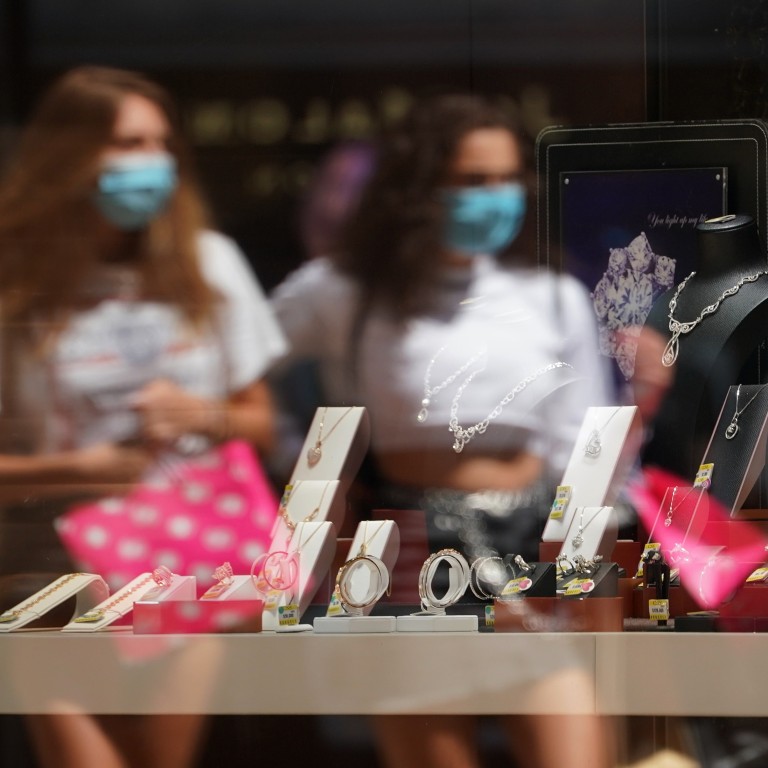Cartier, Van Cleef & Arpels, De Beers and Chaumet are pinning hope on luxury jewellery trends in China for a post-Covid-19 recovery

Luxury brands have had to embrace e-commerce and digital platforms to reach customers throughout coronavirus, but now buying trends from Japan and China suggest that recovery is on the way, what will be the lasting impact on the high-end jewellery sector?
As the global economy suffers due to the impact of the coronavirus crisis, industries are facing the herculean task of rebuilding and pivoting to adjust to dwindling markets. In response, luxury industry leaders are in constant discourse, working alongside each other like never before in the hopes of reconstructing their businesses.
As with many other walks of life, there has been significant change in the realm of jewellery, as brands and jewellers have adapted to “new normal” strategies and practices.

In response to the pandemic, many boutiques and jewellery designers have had to close their stores, while industry events such as trade shows have rescinded their invitations or postponed them to a later date. As the number of Covid-19 cases has decreased in Europe and Asia and countries begin to open up, businesses are following suit.
Van Cleef & Arpels has reopened all of their branches in Japan, with safety measures in place, limiting the number of customers in the stores and suspending their repair workshops in the meantime, while Cartier and De Beers have recorded “encouraging activity” in their China outlets.

Yancy Weinrich, chief operating officer of trade show organiser Reed Exhibitions and a veteran in mounting luxury trade shows predicts that jewellery has the chance to bounce back before other industries since diamonds and precious stones are taking the luxury spender’s budget originally intended for travel.

Looking across the world, many have put their bet on recovery coming first in China. The nation is in a unique position being “first in and first out” when it came to the Covid-19 lockdown. Now that it is recovering, customers are returning to stores and business is on the up.